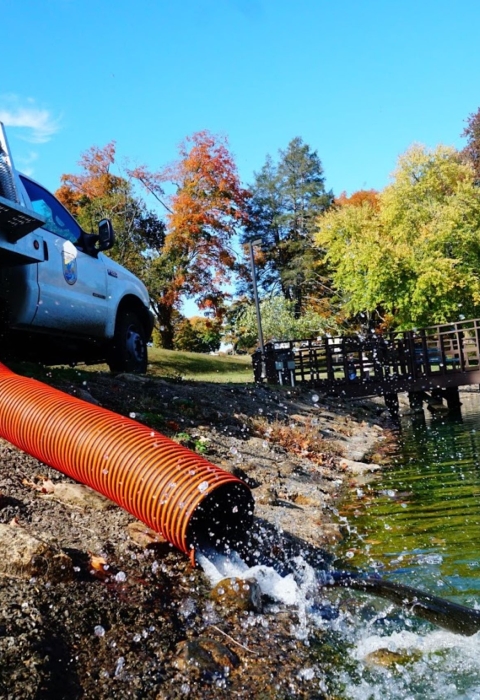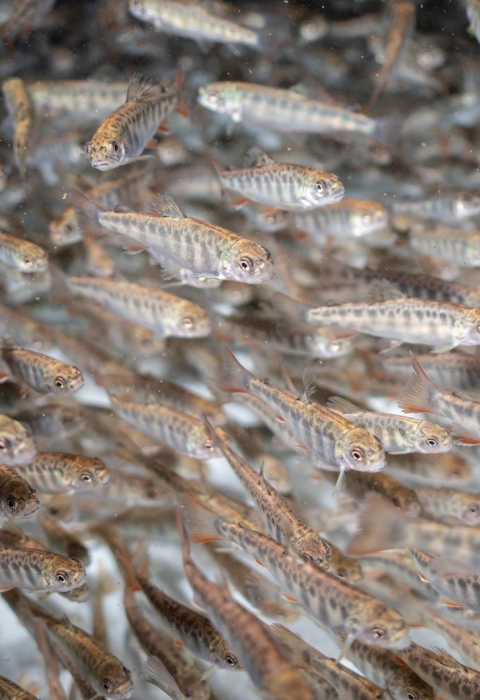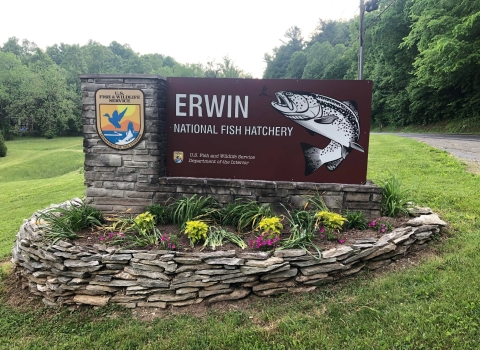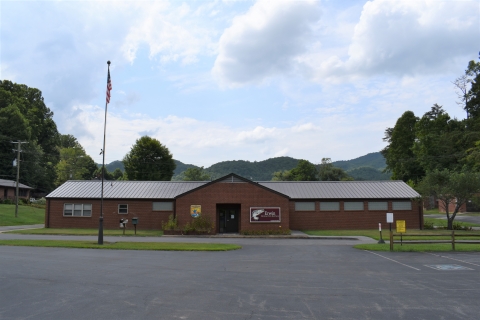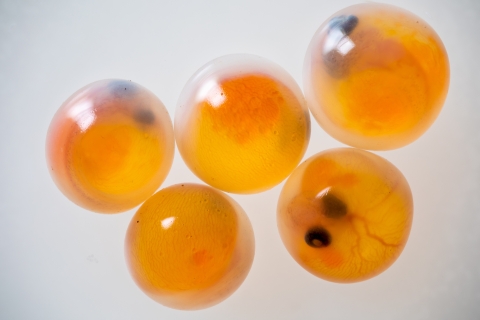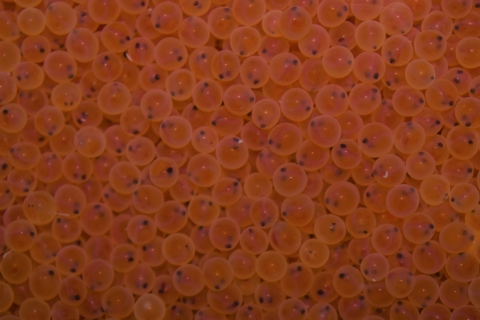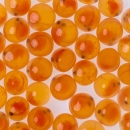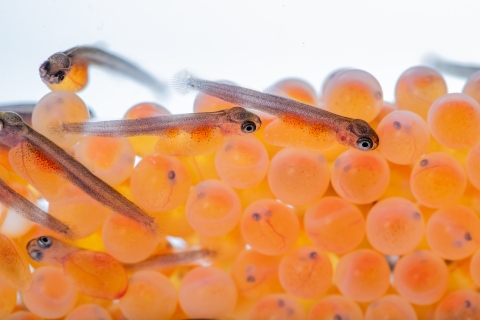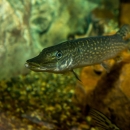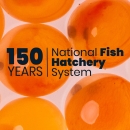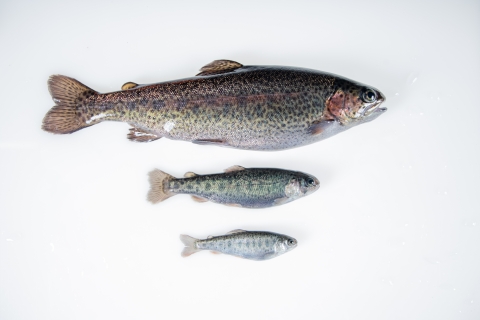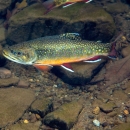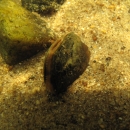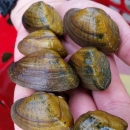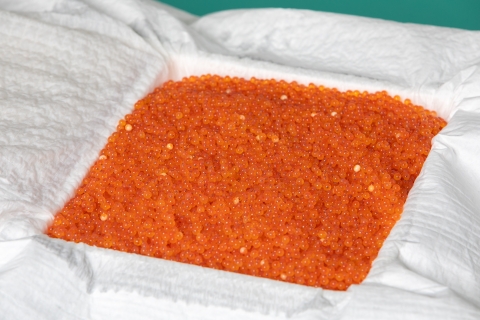Visit Us
Get an up-close experience with trout production and management at Erwin National Fish Hatchery! Explore opportunities to learn the lifecycle and spawning cycles of trout, routine fish husbandry practices, and pick up a cup of fish food to get in on hatchery action!
Note: Erwin National Fish Hatchery is open to the public. Admission and fish food are free of charge.
Location and Contact Information
About Us
Erwin National Fish Hatchery is a primary National Broodstock Program facility that is responsible for producing ~16 million trout eggs annually. These certified disease free eggs are provided to federal, state, tribal hatcheries, universities, and research centers to support recreational fishing management efforts around the country. The hatchery spawns three strains of rainbow trout (Oncorhynchus mykiss), each with a spawning cycle beginning at different times in the year, and one strain of brook trout (Salvelinus fontinalis).
Tours
The hatchery grounds are open for self-guided tours daily or to schedule a guided tour please call 423.743.4712 to make a reservation.
What We Do
Erwin National Fish Hatchery produces millions of trout eggs per year, shipping the eyed eggs to other facilities to be hatched, grown, and eventually released into public waters for recreational fishing. The hatchery also works with partnering agencies to produce and distribute imperiled freshwater mussels for population recovery efforts in Tennessee and North Carolina. Additionally, we assist partnering agencies with monitoring and distribution of lake sturgeon and monitoring and restoration of native southern Appalachian brook trout populations.
Our Organization
Erwin National Fish Hatchery's primary role exists within the National Broodstock Program, producing millions of certified disease-free eggs to many facilities each year. Outside of trout mitigation, the hatchery participates in freshwater mussel propagation, Southern Appalachian Brook trout restoration, and more. These collaborative efforts combine, working towards the mission of the United States Fish and Wildlife Service as part of the Fish and Aquatic Conservation Program.
Our Species
Rainbow trout (Oncorhynchus mykiss)
Brook trout (Salvelinus fontinalis)
Get Involved
Interested in volunteering? Call or email us through our Contact Us page!
Volunteers assist staff with a number of hatchery activities including monthly sample counts, stocking fish, maintenance projects, groundskeeping, and more!
Contact
Projects and Research
Erwin National Fish Hatchery participates in many projects ranging from producing inland salmonids and eggs to restoration of native species (freshwater mussels, lake sturgeon, brook trout).
